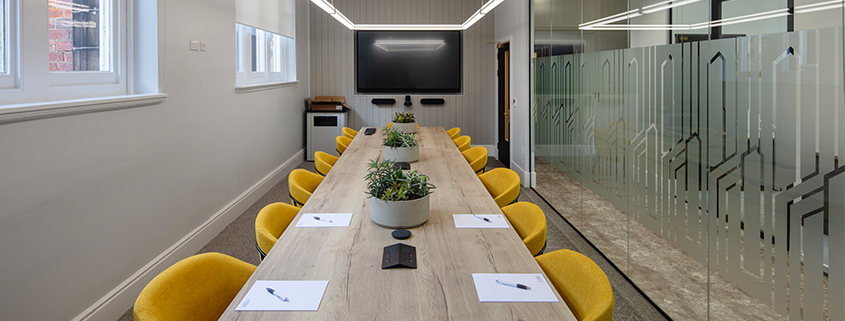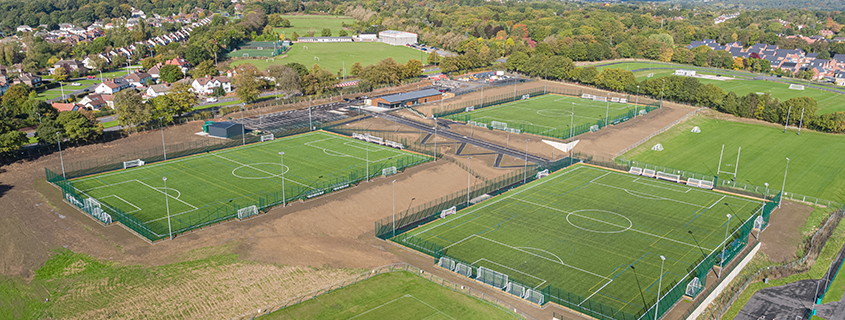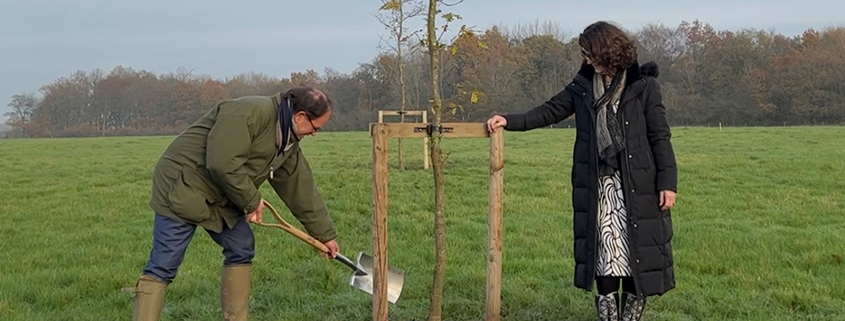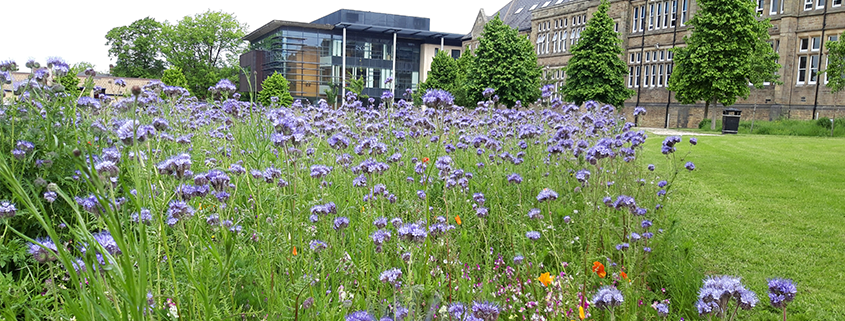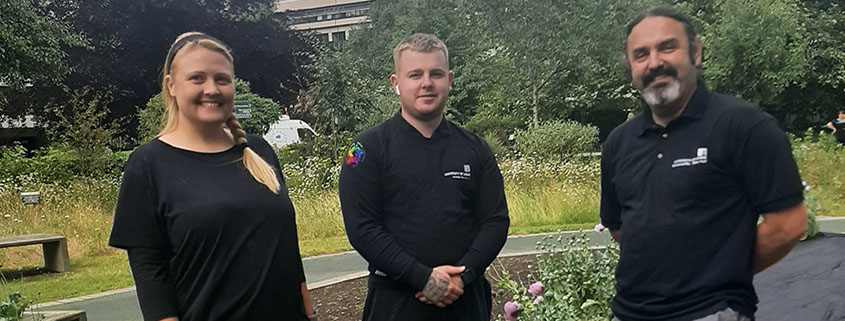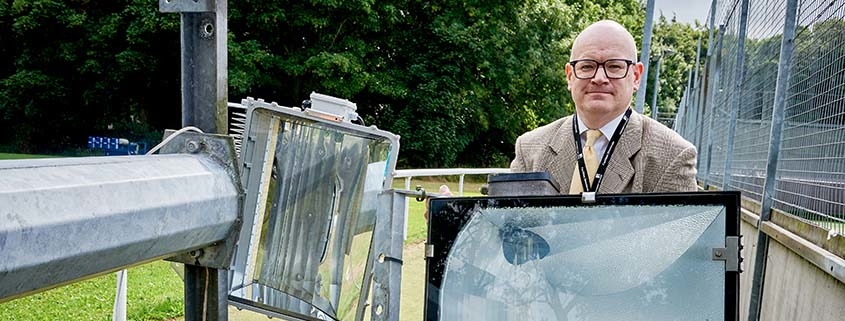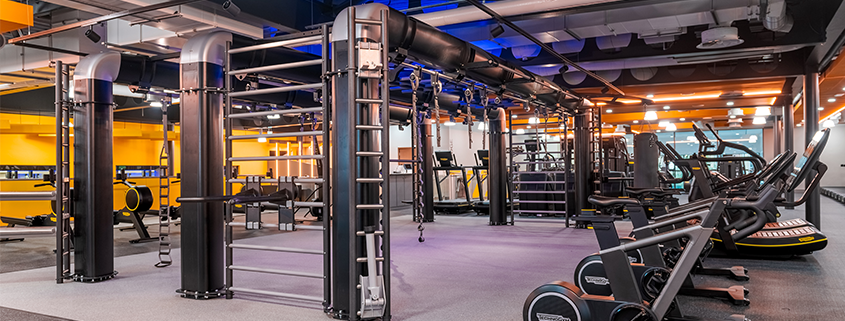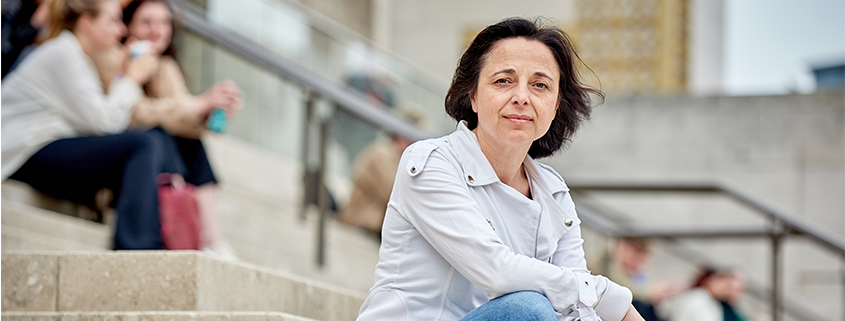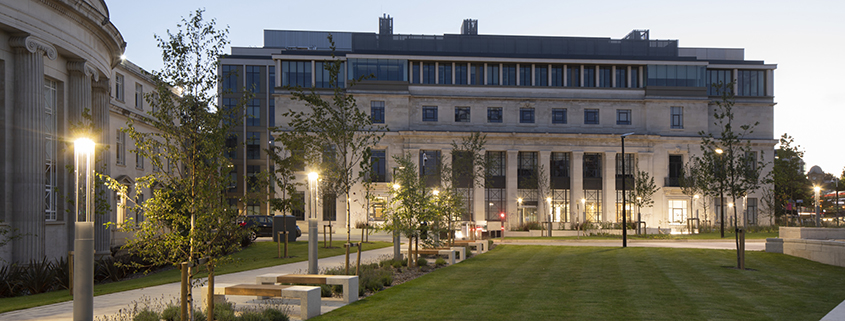Cleaning team focus on collaboration
Team leaders from Cleaning Services took part in a development day on Tuesday, working with colleagues across the University.
The theme for the day was working together as one team and how collaboration brings positive impact for all involved.
Jill Roberts, Head of Cleaning Services said:
“It’s so important to invest in personal and professional development, and while it is always difficult to find the time, it was obvious how much everyone got from the day.”
“Collaboration is a University Value and reflects the direction of the Facilities Directorate as a whole, which we are proud to be a part of.”
“Thank you to colleagues from the Staff Counselling Service, Health & Wellbeing, Security and OD&PL who joined us.”
The Cleaning team are integral to the running of the University and Jill has recently received a large number of appreciative emails from across campus. These included:
“I just had to write this morning to let you know how blown away we are with the cleaners here in Maths, who always go above and beyond what is expected. They are extremely friendly and continuously do an amazing job!”
And from Psychology:
“They were professional, cheerful and did a fantastic job! We are really grateful to them all and they definitely made a difference.”





